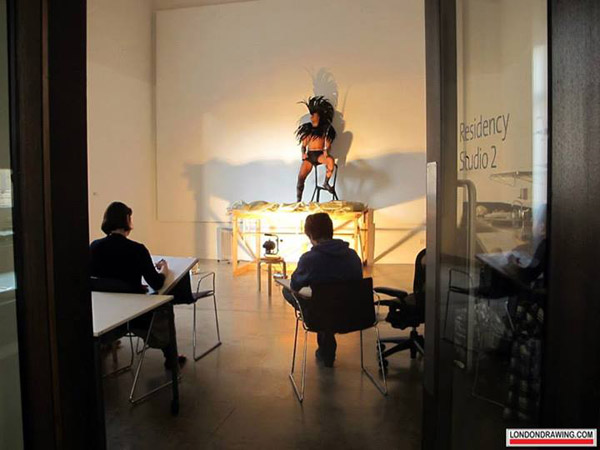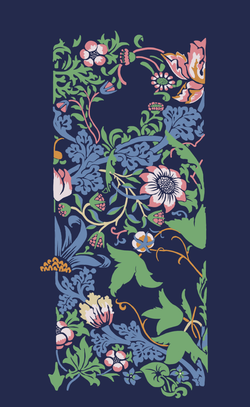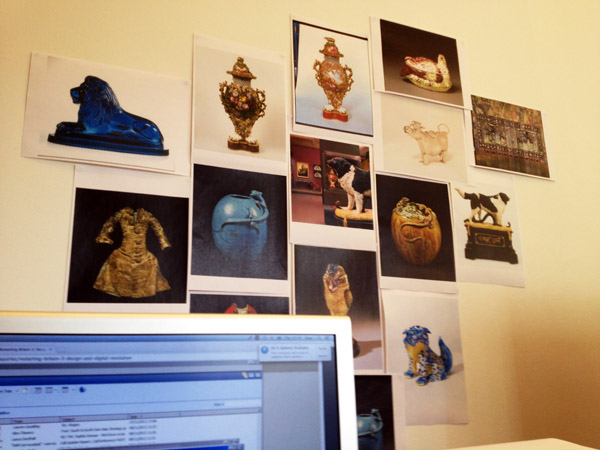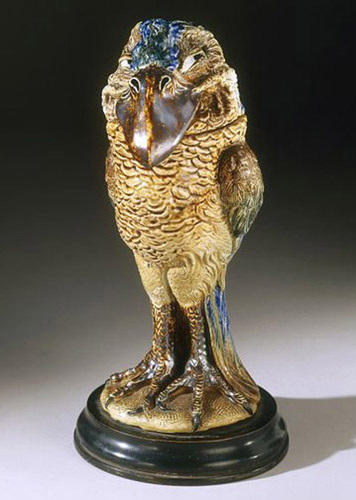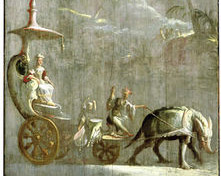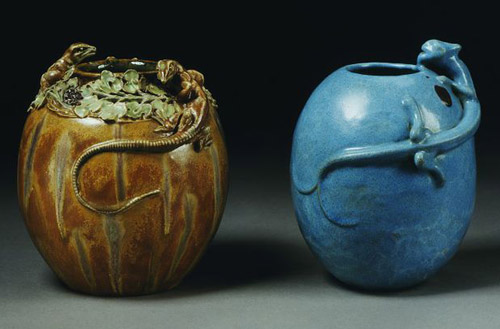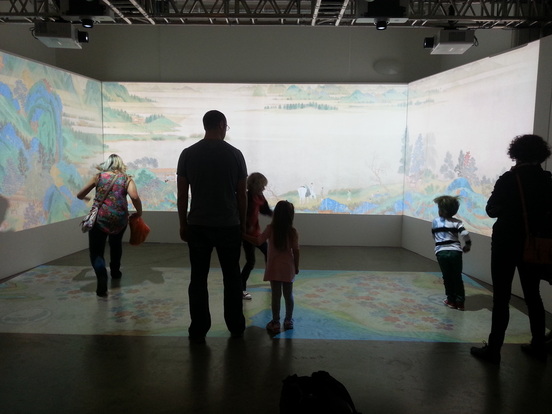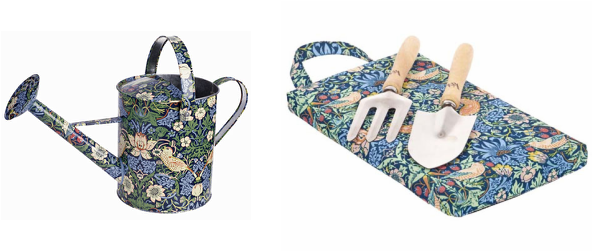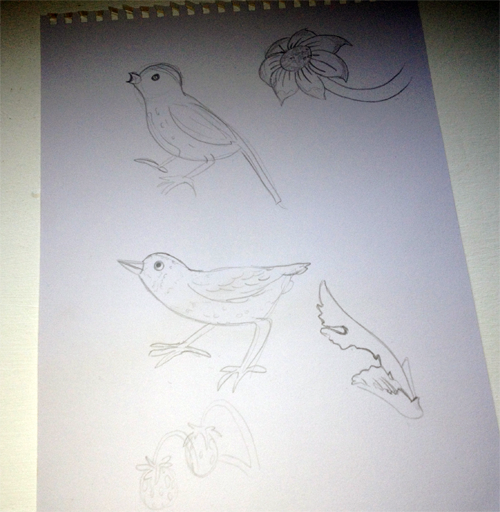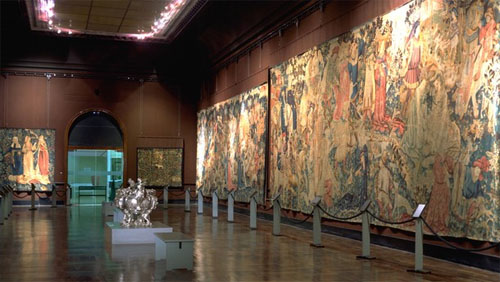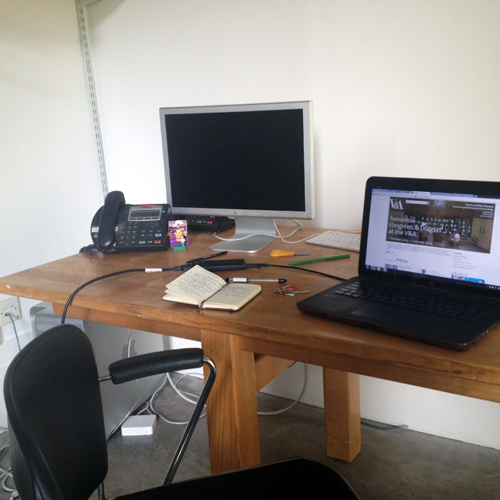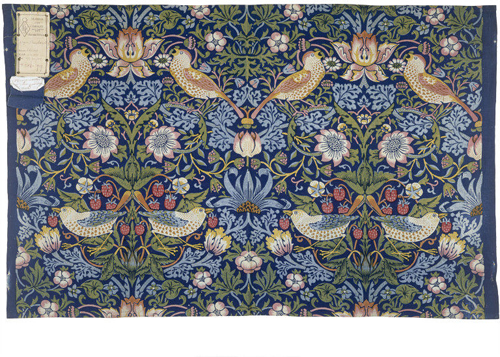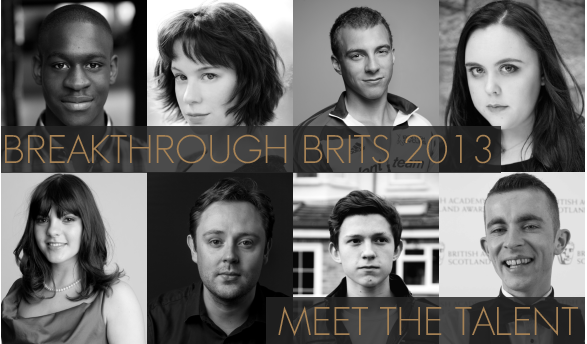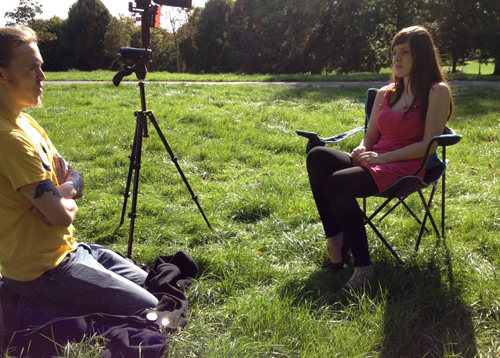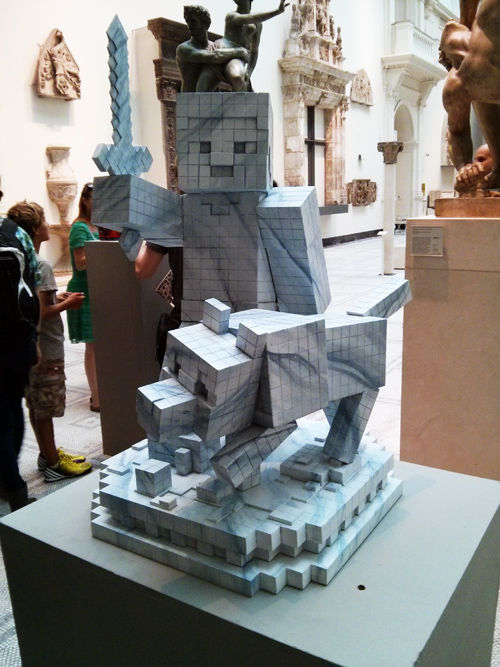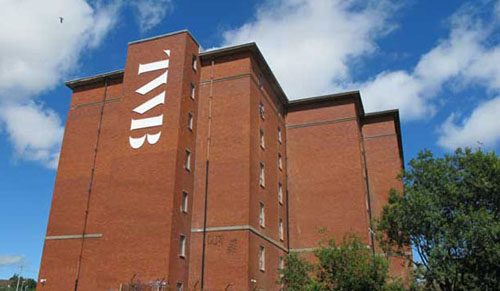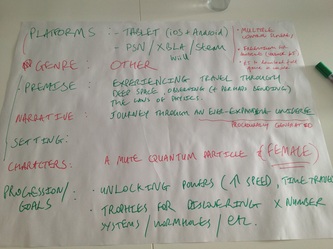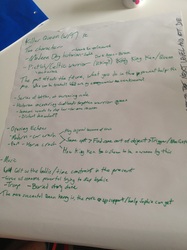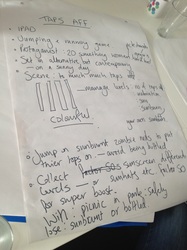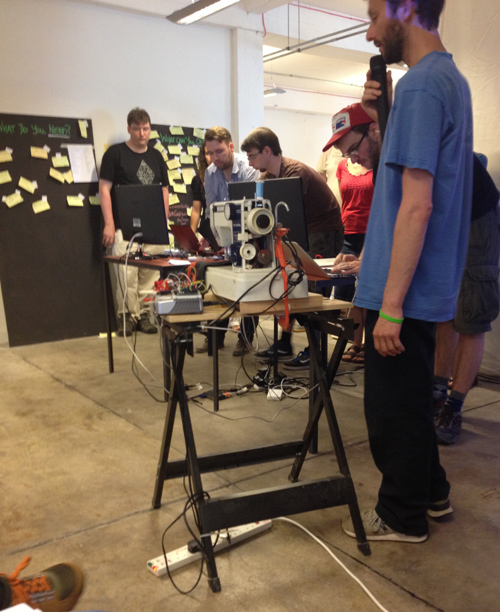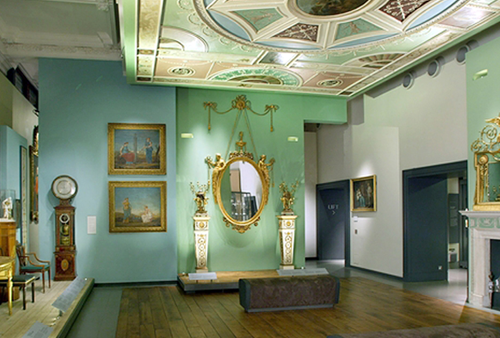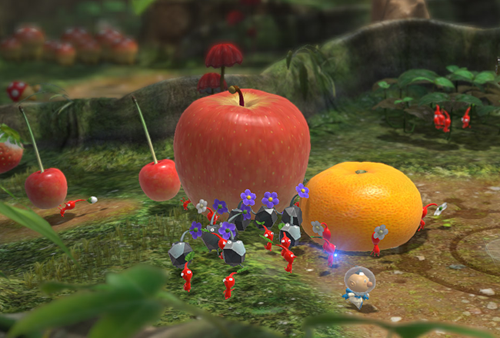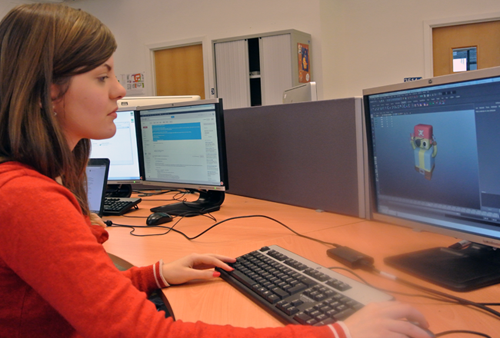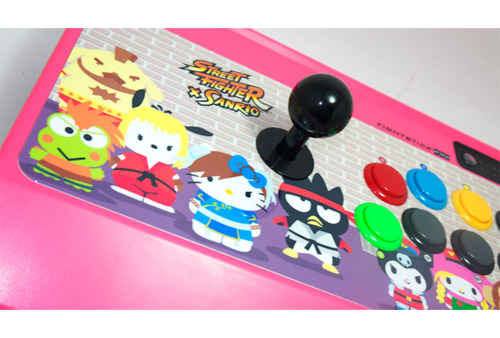This month has been busy with meetings for events next year and the run up to Christmas. The basic prototype of my Strawberry Thief game is done (with a health system, thistles that damage the bird, etc). It just needs a few tweaks and then an awful lot of polishing. I want to move onto my new idea to start off the new year.
I said before how I was interested in looking at the animals in the British Galleries, taking a kind of Alice in Wonderland approach to the narrative. I am going to expand on this idea, but instead using the animals found in the William Morris designs in the British Galleries exclusively. For example, the Peacock and Dragon curtains in the gallery and The Forest tapestry. I've narrowed my focus as, I thought that having animals as characters taken from the British Galleries as a whole may look inconsistent. Now that I'm only looking at Morris and the Arts and Crafts Movement, an idea of how my game world will look is now becoming clearer.
